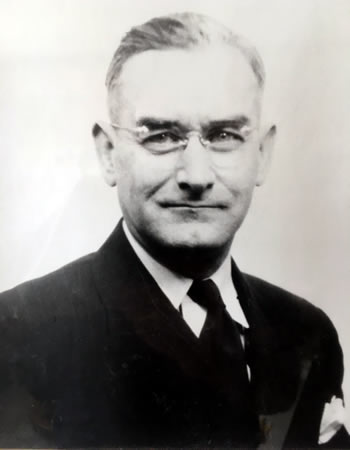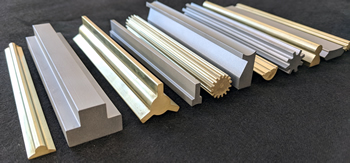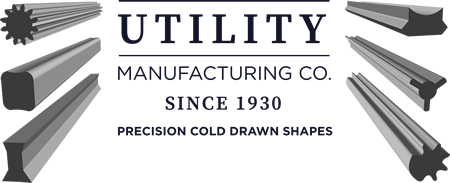 Utility Manufacturing Circa 1930History
Utility Manufacturing Circa 1930History
Utility Manufacturing was founded by Frank L. Reed in 1930 in Wilbraham, Massachusetts. Production began using brass alloys and transitioned to steel alloys during World War II. Demand from many industries drove Utility’s growth allowing the company to expand their operational capabilities. Utility Manufacturing now occupies a 40,000+ square foot production facility operated by four generations of the Reed family. Today Utility remains committed to meeting the demands of an ever changing economy and customer base.
Since it’s founding in 1930, Utility Manufacturing Company has pursued the goal of providing the highest quality product with the current technology and with the best possible customer service. Today Utility Manufacturing Company continues to provide the best quality in our industry along with customer service second to none. We are committed to total customer satisfaction.
Our aggressive management team is constantly researching and upgrading tooling and production facilities to insure the best use of current technology in order to provide our customers with the highest quality products possible at the lowest possible price. Founder, Frank L. Reed
Founder, Frank L. Reed
In addition, production planners aggressively monitor the progress of each job as it moves through the production process in order to minimize lead time.
The result is:
- High Quality Products
- Reduced Lead Times
- Competitive Pricing
- Satisfied Customers
THE UTILITY COLD DRAW PROCESS
Cold drawing is a process by which rod or pinion wire is pulled through a series of “progressive” draw dies to achieve a desired cross sectional size and shape. The number of “passes” or “draws” is dependent on the complexity of the
shape. After each draw an annealing (heat treatment) operation is performed to soften the “work-hardened” metal in preparation for the next cold draw.
Cold drawing forms the metal without machining to produce a uniform fine grain structure with increased tensile and yield strengths, close tolerances and hardness consistent throughout the production lot.
The utility cold draw process offers superior mechanical properties not available from machining, extrusion, die casting or other production methods.
Utility cold drawn parts look better, run smoother, and last longer.
 Customer advantages:
Customer advantages:
- Cost reduction in producing near net shapes: the need for additional machining is reduced or eliminated.
- Mechanical properties are enhanced through the cold working process.
- Lead times are reduced because of the reduced machining requirements.
- Very close and consistent tolerances can be held on large production lots and repeatability of sizes is maintained from lot to lot.
- In-house tooling allows us to reduce the lead time and the cost for producing samples or prototypes.
